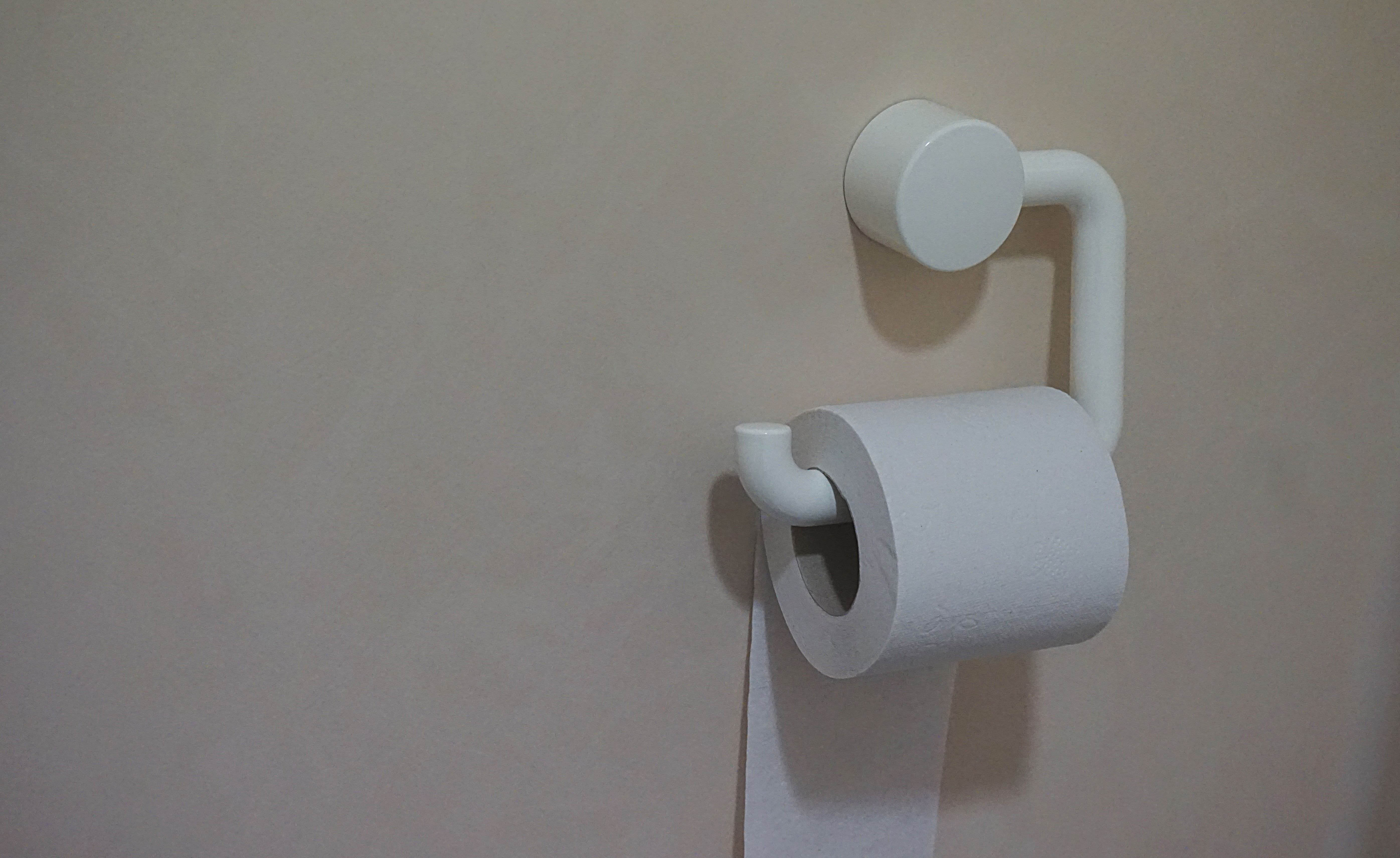Some interesting information about an object of our everyday life
We use it every day unconsciously, but some aspects of toilet paper are unknown.
- We need to cut down about 30,000 trees a day for toilet rolls.
- Each roll has about 333 sheets.
- We use about 8.6 sheets every time we go to the toilet.
- Before the toilet paper, as well as a stick, we usually used: hay, cobs, stones, sand, moss, hemp, wool, shells, fruit peels, ferns, sponges, pieces of ceramics.
- Even astronauts use the standard toilet paper, but then it is sealed and compressed in specific containers.
- In the USA, people pay a tax of 6 cents on toilet paper since 1996. It was introduced by Clinton.
- Even though toilet paper was born in China, and it was sold for the first time in the USA by Joseph Gayetty in 1957, it wasn’t yet famous. The first paper rolls were sold by the Scott company for which was hard to promote because paper roll was yet a taboo. It was only since 1900 that paper roll was accepted.
- Until 1930 toilet paper might have some splinters. It was the Northern Tissue company which started selling splinter-free papers.
- Hotels usually folds the final part of the paper sheets to give a better look, to make easier to tear, to show the bathroom was tidied up. Stephen Gill has spent three years taking photos of those folded sheets. He put them together in a book titled Anonymous Origami, where he shows all the shapes he has encountered.
- The white color of the toilet paper is due to bleach. The process requires a lot of water and energie. Unfortunetly, it is polluting too.
- Paul Zak, a neuro-economist, has carried out a study on oxytocin, an hormone produced by hypothalamus which is responsible for reinforcing the relation between mother and children, but it has an important role in social relations. Zak supposed that using puppies and children in toilet paper advertising is a strategy for stimulating oxytocin so that it creates a bond between product and audience.
Source Focus

